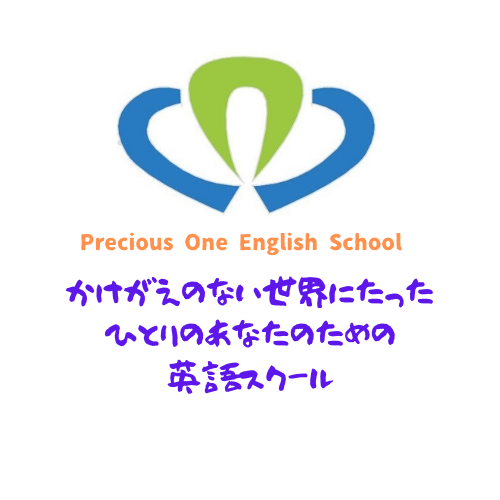Ewa
Wagashi are traditional Japanese sweets, and the literal translation for this word is “eastern sweets”. There are many types of wagashi, and most of these traditional sweets were first created hundreds of years ago, with recipes not changing much.
In Japan, the word “kashi” from “wagashi” originally referred to only fruit and nuts, because they were considered sweet delicacies, in much the way we consider a good chocolate cake a delicacy today. Before opening up trade with other nations, sugar was not an available ingredient in Japan, and so snacks derived their sweetness largely from native fruits. Some time between the Muromachi Period (1336-1573) and the Edo Period (1603-1867), sugar became an increasingly traded commodity between China and Japan. Pretty soon sugar became a common household item, and the wagashi we are familiar with today could be made.
Probably one of the most popular and common types of wagashi is called dango. It has a distinctive appearance, with 3 or 4 small balls made from glutinous rice flour impaled on a stick. Flavors and toppings for this treat are endless, but the most common type is probably mitarashi dango. Mitarashi is a thick sauce made from soy sauce, sugar, and cornstarch, and it is poured on top of the dango to give it more sweetness, with a bit of a salty kick.
It is believed dango has its origins in Kyoto, made at a tea house called Kamo Mitarashi, located near the Shimogamo Shrine, which is still open and in business today. They make dango with 5 small balls skewered onto one stick, and cover the balls generously with mitarashi sauce.
Because wagashi are very sweet, their sweetness is balanced very well by green tea, which tends to be very bitter. It is common to drink piping hot tea with chilled wagashi.
There are endless types of wagashi, and creations and flavors usually change based on the season. More artistic wagashi usually mimics the appearance of actual plants and flowers found in nature, and so wagashi will be made to look like the nature available during the season.
Since sugar and wagashi was produced long before the introduction of domestic farm animals such as cows and chickens, which provide dairy and eggs, most wagashi are actually free from these ingredients, essentially being vegan and vegetarian friendly. Wagashi are a must eat for people visiting Japan wishing to experience a more historic part of Japanese history.

















コメントを投稿するにはログインしてください。